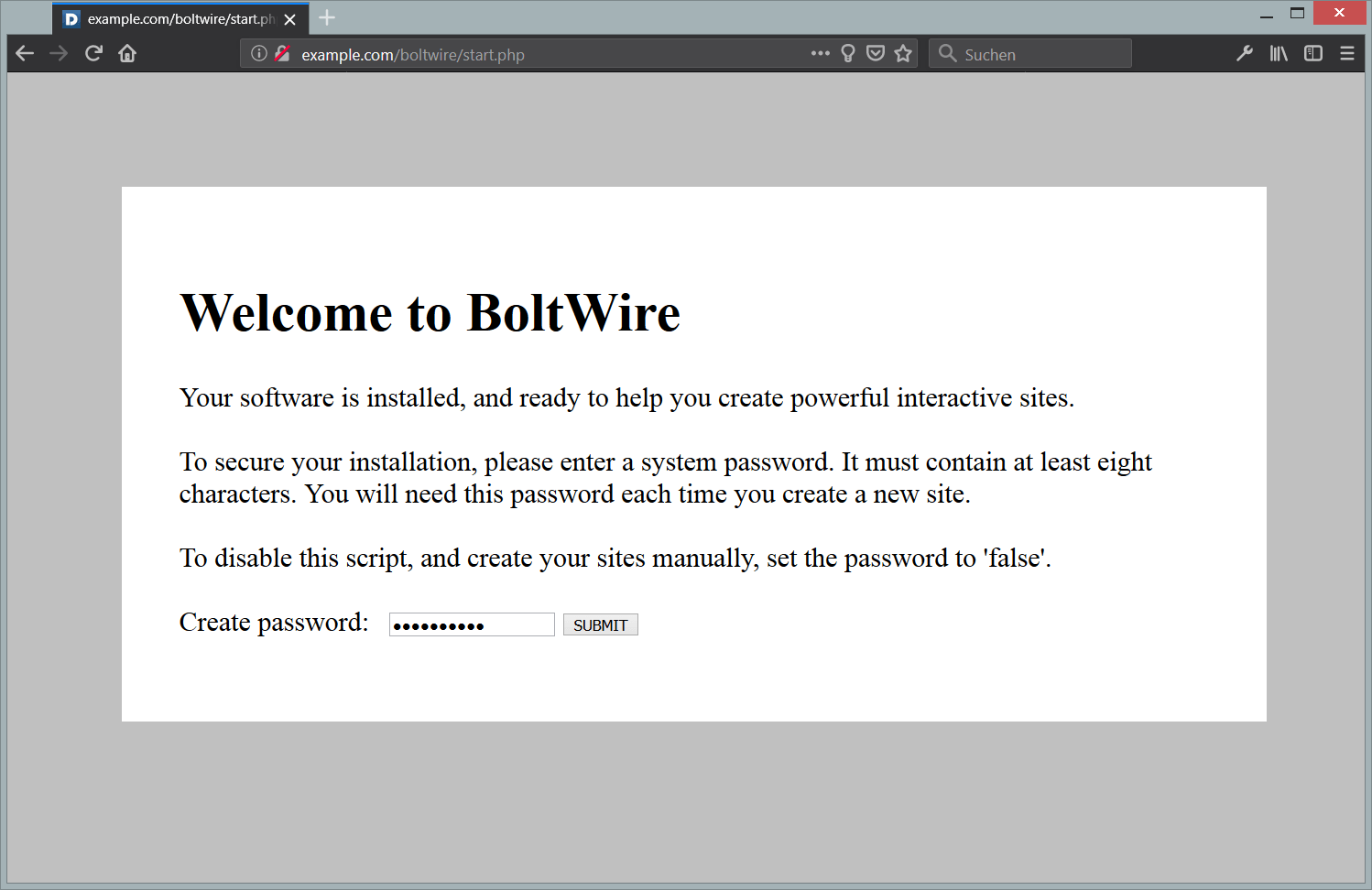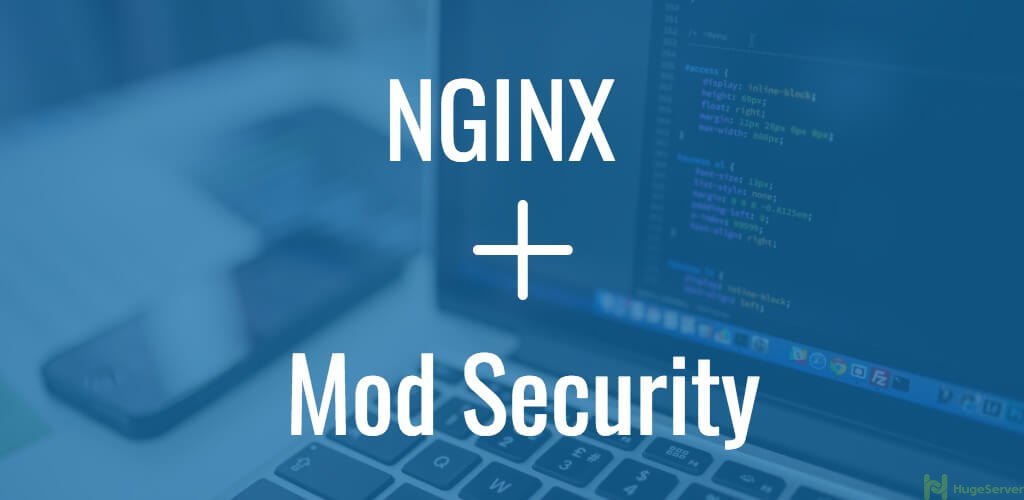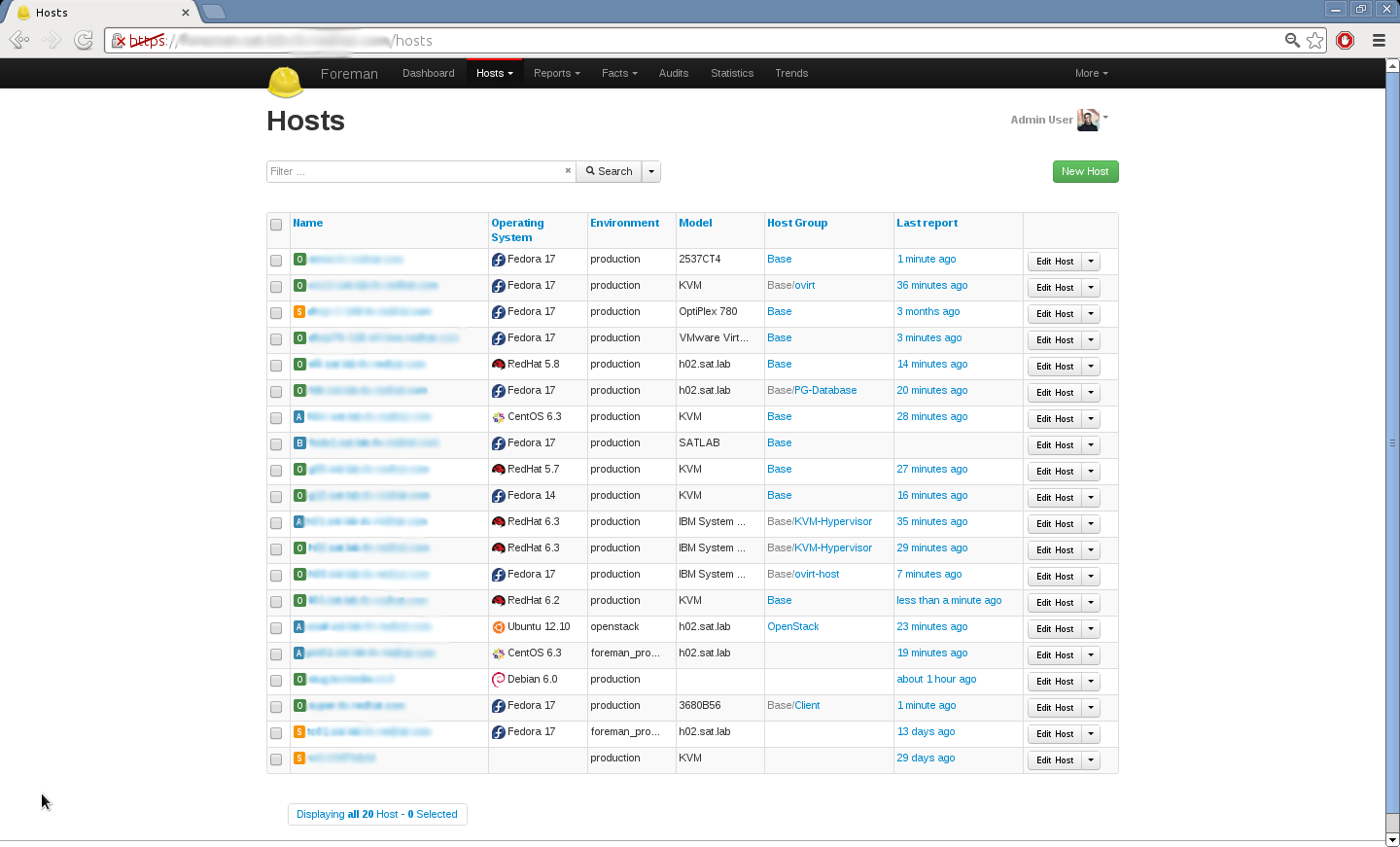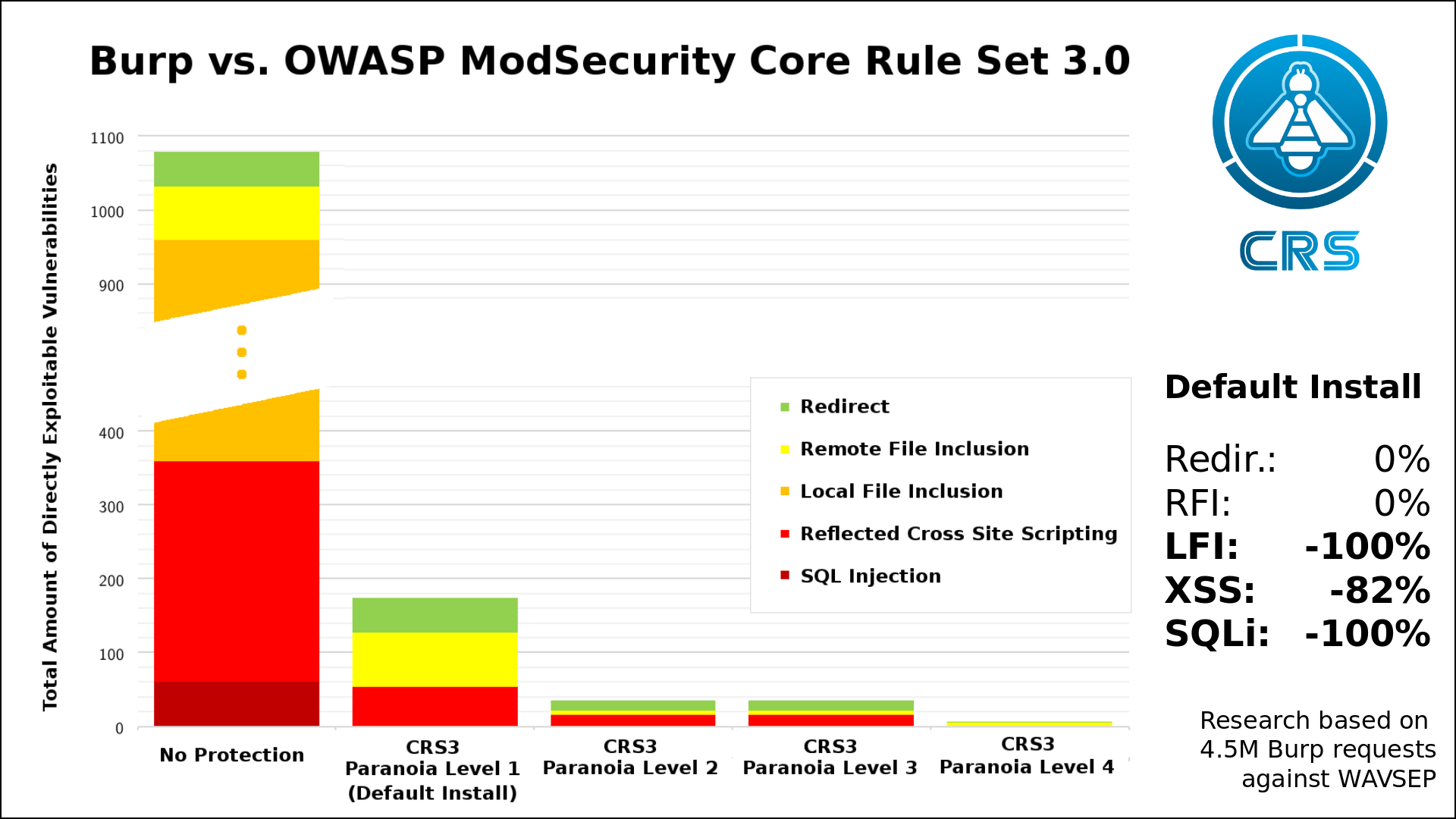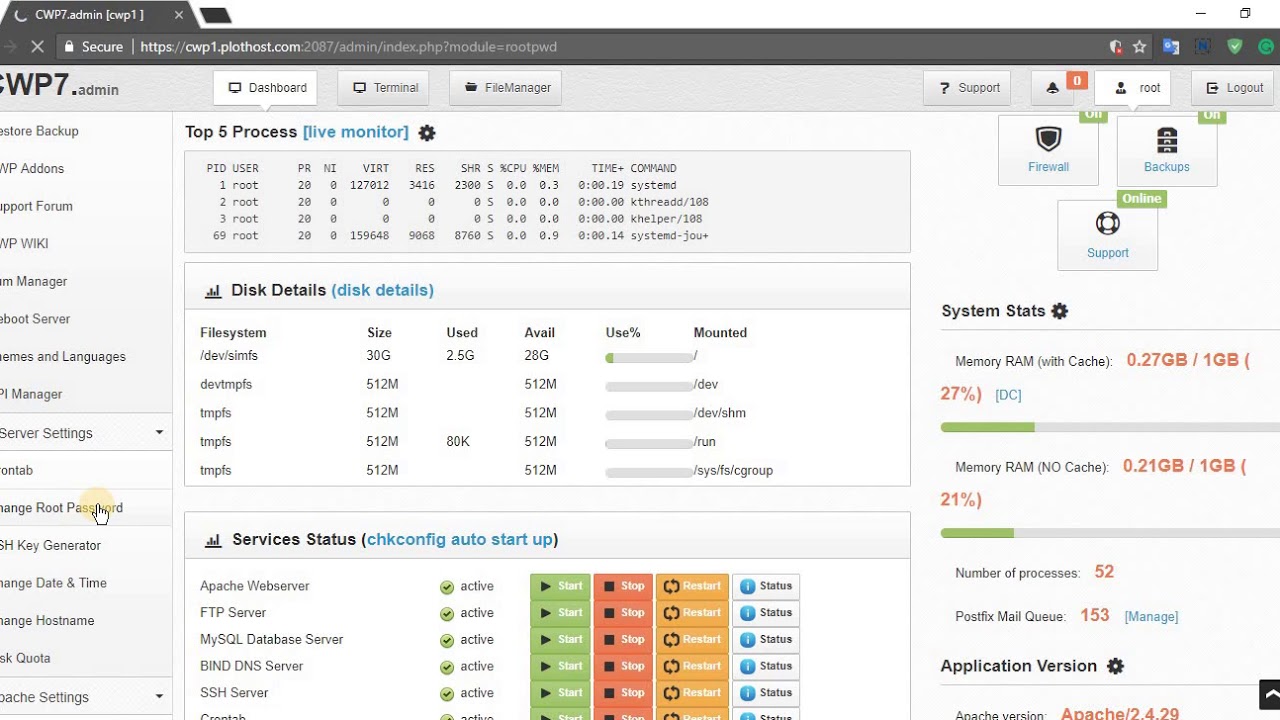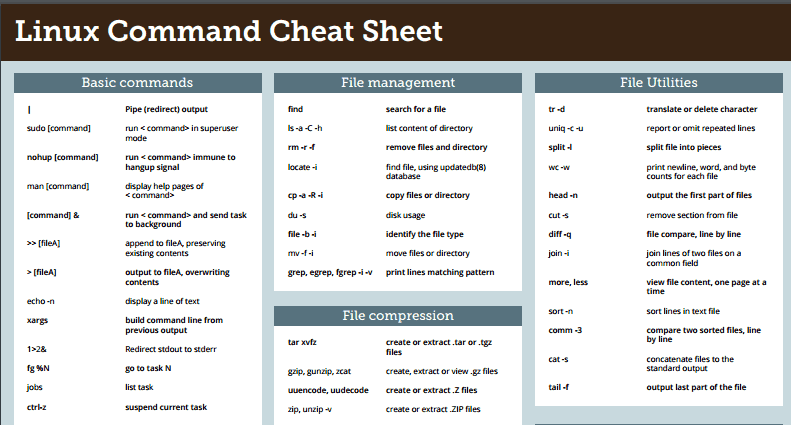Using a Different System?
-
How to Install Couch CMS 2.0 on a Fedora 26 LAMP VPS
-
How to Install Couch CMS 2.0 on a Debian 9 LAMP VPS
-
How to Install Couch CMS 2.0 on a Ubuntu 16.04 LAMP VPS
-
How to Install Couch CMS 2.0 on a FreeBSD 11 FAMP VPS
Couch CMS is a simple and flexible, free and open source Content Management System (CMS) that allows web designers to design beautiful web sites without any knowledge of PHP. With Couch CMS, web developers can take any of their static HTML and CSS only designs and transform them into a fully CMS managed web site with very little effort.
In this tutorial we are going to install Couch CMS 2.0 on a CentOS 7 LAMP VPS using Apache web server, PHP 5.4, and a MariaDB database.
Step 1: Add a Sudo User
We will start by adding a new sudo user.
First, log into your server as root:
ssh root@YOUR_VULTR_IP_ADDRESS
And add a new user called user1 (or your preferred username):
useradd user1
Next, set the password for the user1 user:
passwd user1
When prompted, enter a secure and memorable password.
Now check the /etc/sudoers file to make sure that the sudoers group is enabled:
visudo
Look for a section like this:
%wheel ALL=(ALL) ALL
This line tells us that users who are members of the wheel group can use the sudo command to gain root privileges. It should be uncommented by default so you can simply exit the file.
Next we need to add user1 to the wheel group:
usermod -aG wheel user1
We can verify the user1 group membership and check that the usermod command worked with the groups command:
groups user1
Now use the su command to switch to the new sudo user user1 account:
su - user1
The command prompt will update to indicate that you are now logged into the user1 account. You can verify this with the whoami command:
whoami
Now restart the sshd service so that you can login via ssh with the new non-root sudo user account you have just created:
sudo systemctl restart sshd
Exit the user1 account:
exit
Exit the root account (which will disconnect your ssh session):
exit
You can now ssh into the server instance from your local host using the new non-root sudo user user1 account:
ssh user1@YOUR_VULTR_IP_ADDRESS
If you want to execute sudo without having to type a password every time, then open the /etc/sudoers file again, using visudo:
sudo visudo
And edit the section for the wheel group so that it looks like this:
%wheel ALL=(ALL) NOPASSWD: ALL
Please note: Disabling the password requirement for the sudo user is not a recommended practice, but it is included here as it can make server configuration much more convenient and less frustrating, especially during longer systems administration sessions. If you are concerned about the security implications, you can always revert the configuration change to the original after you finish your administration tasks.
Whenever you want to log into the root user account from within the sudo user account, you can use one of the following commands:
sudo -i
sudo su -
You can exit the root account and return back to your sudo user account any time by simply typing:
exit
Step 2: Update CentOS 7 System
Before installing any packages on the CentOS server instance, we will first update the system.
Make sure you are logged in to the server using a non-root sudo user and run the following command:
sudo yum -y update
Step 3: Install Apache Web Server
Install the Apache web server:
sudo yum -y install httpd
Then use the systemctl command to start and enable Apache to execute automatically at boot time:
sudo systemctl enable httpd
sudo systemctl start httpd
Check your Apache configuration file to ensure that the DocumentRoot directive points to the correct directory:
sudo vi /etc/httpd/conf/httpd.conf
The DocumentRoot configuration option should look like this:
DocumentRoot "/var/www/html"
Now, let’s make sure that the mod_rewrite Apache module is loaded. We can do this by searching the Apache base modules configuration file for the term “mod_rewrite“.
Open the file with:
sudo vi /etc/httpd/conf.modules.d/00-base.conf
Search for the term mod_rewrite.
If the mod_rewrite Apache module is loaded, you should find a configuration line looking like this:
LoadModule rewrite_module modules/mod_rewrite.so
If the above line starts with a semi-colon, you will need to remove the semi-colon to uncomment the line and load the module. This, of course, applies to any other required Apache modules too.
Now save and close the Apache configuration file.
We will restart Apache at the end of this tutorial, but restarting Apache regularly during installation and configuration is certainly a good habit, so let’s do it now:
sudo systemctl restart httpd
Step 4: Open Web Firewall Ports
We now need to open the default HTTP and HTTPS ports as they will be blocked by firewalld by default.
Open the firewall ports with:
sudo firewall-cmd --permanent --add-port=80/tcp
sudo firewall-cmd --permanent --add-port=443/tcp
Reload the firewall to apply the changes:
sudo firewall-cmd --reload
You should see the word success displayed in your terminal after each successful firewall configuration command.
We can quickly verify that the Apache HTTP port is open by visiting the IP address or domain of the server instance in a browser:
http://YOUR_VULTR_IP_ADDRESS/
If everything is set up correctly, you should see the default Apache web page in your browser.
Step 5: Disable SELinux (if enabled)
SELinux stands for “Security Enhanced Linux”. It is a security enhancement to Linux which allows users and administrators more control over access control. It is disabled by default on Vultr CentOS 7 instances, but we will cover the steps to disable it, just in case you are not starting from a clean install and it was previously enabled.
To avoid file permission problems with Couch CMS we need to ensure that SELinux is disabled.
First, let’s check whether SELinux is enabled or disabled with the sestatus command:
sudo sestatus
If you see something like: SELinux status: disabled then it is definitely disabled and you can skip straight to Step 6. If you see any other message, then you will need to complete this section.
Open the SELinux configuration file with your favourite terminal editor:
sudo vi /etc/selinux/config
Change SELINUX=enforcing to SELINUX=disabled and then save the file.
To apply the configuration change, SELinux requires a server reboot, so you can either restart the server using the Vultr control panel or you can simply use the shutdown command:
sudo shutdown -r now
When the server reboots, your SSH session will get disconnected and you may see a message informing you about a 'broken pipe' or 'Connection closed by remote host'. This is nothing to worry about, simply wait for 20 seconds or so and then SSH back in again (with your own username and domain):
ssh user1@YOUR_DOMAIN
Or with your own username and IP address:
ssh user1@YOUR_VULTR_IP_ADDRESS
Once you have logged back in, you should check the status of SELinux again with the sestatus command to make sure it is properly disabled:
sudo sestatus
You should see a message saying SELinux status: disabled. If you see a message saying SELinux status: enabled (or something similar) you will need to repeat the above steps and ensure that you properly restart your server.
Step 6: Install PHP 5.4
We can now install PHP 5.4 along with all of the necessary PHP modules required by Couch CMS:
sudo yum -y install php php-mbstring php-gd php-mysqlnd
Step 7: Install MariaDB (MySQL) Server
CentOS 7 defaults to using MariaDB database server, which is an enhanced, fully open-source, community developed, drop-in replacement for MySQL server.
Install MariaDB database server with:
sudo yum -y install mariadb-server
Start and enable MariaDB server to execute automatically at boot time:
sudo systemctl enable mariadb
sudo systemctl start mariadb
Secure your MariaDB server installation with:
sudo mysql_secure_installation
The root password will be blank, so simply hit enter when prompted for the root password.
When prompted to create a MariaDB/MySQL root user, select “Y” (for yes) and then enter a secure root password. Simply answer “Y” to all of the other yes/no questions as the default suggestions are the most secure options.
Step 8: Create Database for Couch CMS
Log into the MariaDB shell as the MariaDB root user by running the following command:
sudo mysql -u root -p
To access the MariaDB command prompt, simply enter the MariaDB root password when prompted.
Run the following queries to create a MariaDB database and database user for Couch CMS:
CREATE DATABASE couch_db CHARACTER SET utf8 COLLATE utf8_general_ci;
CREATE USER 'couch_user'@'localhost' IDENTIFIED BY 'UltraSecurePassword';
GRANT ALL PRIVILEGES ON couch_db.* TO 'couch_user'@'localhost';
FLUSH PRIVILEGES;
EXIT;
You can replace the database name couch_db and username couch_user with something more to your liking, if you prefer. (Please note that the default maximum length for usernames in MariaDB on CentOS 7 is 16 characters). Also, make sure that you replace “UltraSecurePassword” with an actually secure password.
Step 9: Install Couch CMS Files
Change your current working directory to the default web directory:
cd /var/www/html/
If you get an error message saying something like 'No such file or directory' then try the following command:
cd /var/www/ ; sudo mkdir html ; cd html
Your current working directory should now be: /var/www/html/. You can check this with the pwd (print working directory) command:
pwd
Now use wget to download the Couch CMS installation zip archive:
sudo wget https://www.couchcms.com/kachua/download.php?auth=agJmBvEk%2FIM8aSh4XkqV5fbIxR4ghkd6Gy%2F8eL4nFCUpzoFYvddT%7CbKoInr8INleUFM9lPDT05r0dEfTqzuhb%7C0%7C0%7C0%7C1%7Cbccc27bd8eade8876d3f486bac1f4ca9
Please note: You should definitely check for the most recent version by visiting the Couch CMS download page.
List the current directory to check that you have successfully downloaded the file:
ls -la
Now let’s give the zip file a simpler name:
sudo mv download.php* couchcms.zip
Install unzip so we can actually unzip the file:
sudo yum -y install unzip
Now uncompress the zip archive:
sudo unzip couchcms.zip
Move all of the installation files to the web root directory:
sudo mv ./CouchCMS-2.0/* /var/www/html
Change ownership of the web files to avoid any permissions problems:
sudo chown -R apache:apache *
Restart Apache again:
sudo systemctl restart httpd
Now we’re ready to move on to the final step.
Step 10: Complete Couch CMS Installation
To complete the Couch CMS installation, we need to edit the Couch CMS config file, so first make sure you are in the webroot and then rename the config file:
sudo mv ./couch/config.example.php ./couch/config.php
Next, open the config.php file:
sudo vi ./couch/config.php
Add the following values:
define( 'K_GMT_OFFSET', 0 );
define( 'K_DB_NAME', 'couch_db' );
define( 'K_DB_USER', 'couch_user' );
define( 'K_DB_PASSWORD', 'UltraSecurePassword' );
define( 'K_DB_HOST', 'localhost' );
define( 'K_PRETTY_URLS', 1 );
define( 'K_USE_CACHE', 1 );
define( 'K_EMAIL_TO', '[email protected]' );
define( 'K_EMAIL_FROM', '[email protected]' );
Once you have added the appropriate configuration values you can save and exit config.php.
The final steps of the Couch CMS installation are really simple.
First visit the Couch CMS installation page in your browser:
http://YOUR_VULTR_IP_ADDRESS/couch
Or if you’ve already configured your Vultr DNS settings (and given it enough time to propagate) you can simply visit your domain instead:
http://YOUR_DOMAIN/couch
Simply enter the following details on the installation page:
Super-Admin username: admin
Email: <your email address>
Password: <your preferred password>
And then click the Install button.
Simply click Log in to continue.
You can now login to your Couch CMS admin panel using the login details you entered earlier during installation.
If you haven’t already set up your Vultr DNS, then that should probably be your next step.
Now you are ready to start adding content and configuring the look of your site. Be sure to check out the excellent Couch CMS documentation for more information about how to build and configure your site.
Remember that Couch CMS allows you to take your old HTML and CSS web sites and easily change them into fully managed CMS sites that even non-technical users can update for themselves. Unlike most other CMSes, Couch CMS allows you to convert your HTML sites without any server-side programming!
Want to contribute?
You could earn up to $300 by adding new articles
Suggest an update
Request an article



